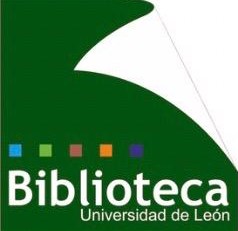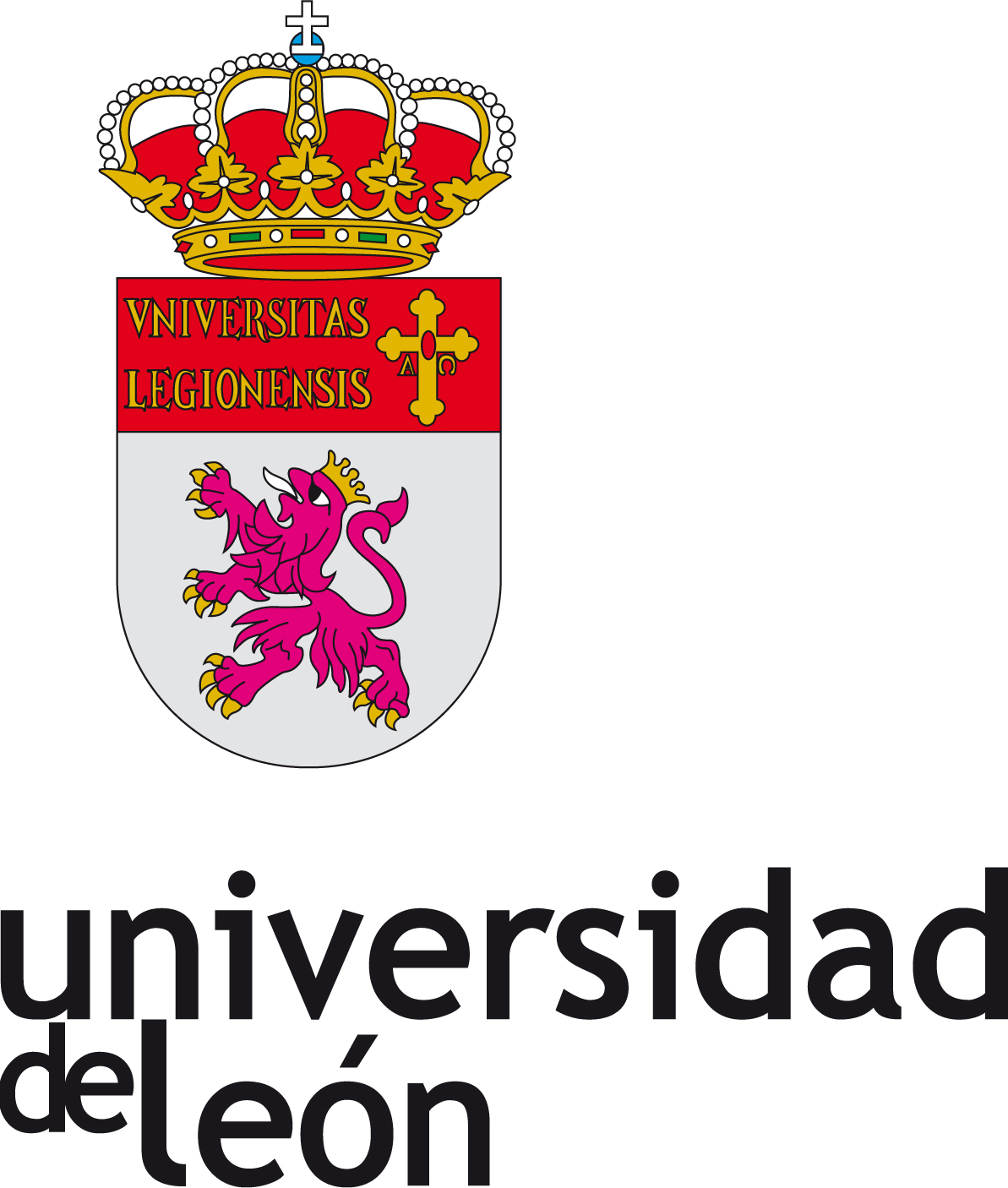Compartir
Título
Wildfire effects on diversity and composition in soil bacterial communities
Autor
Facultad/Centro
Área de conocimiento
Título de la revista
Science of The Total Environment
Número de la revista
138636
Editor
Elsevier
Fecha
2020-07-15
ISSN
0048-9697
Abstract
In recent years, the Mediterranean area has witnessed an increase of both the frequency and severity of large fires, which appears to be intimately associated with climate and land use changes. To measure the impact of wildfires on living organisms, diverse indicators have been proposed. These indicators of fire severity traditionally rely on quantifying the damage caused to the vegetal component of ecosystems. However, the use of bacterial communities as severity indicators has received less attention. Here, we studied the differences between bacterial communities of three different Mediterranean ecosystems, two shrubby and one arboreal, two months after a large wildfire. Two levels of severity were compared to a control unburnt soil. The results showed that greater fire severity triggers a reduction in the diversity of soil bacterial communities. In high-severity fires, this reduction reached 40.6 and 58.6% of the control values for richness and Shannon's diversity, respectively. We also found that the greatest differences between communities could be attributed first to the severity of the fire, and second to the ecosystem from which they originated. Importantly, species of just five families of bacteria: Oxalobacteraceae, Micrococcaceae, Paenibacillaceae, Bacillaceae and Planococcaceae, became dominant in all three ecosystems. The average frequency increase for particular species was 100 times. However, due to random uncontrolled factors, the species that became dominant in each community were not always the same.
Materia
Palabras clave
Peer review
SI
URI
DOI
Collections
- Untitled [4556]
Files in this item
Tamaño:
2.033
xmlui.dri2xhtml.METS-1.0.size-megabytes
Formato:
Adobe PDF














